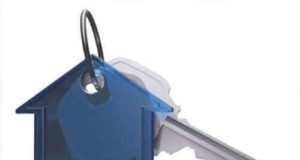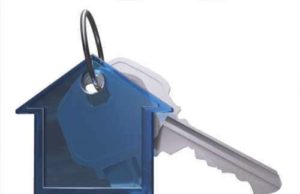
Encumbrances relate to the impedance’s in real estate, that a property can face which prevent the owner of that property from holding a title for it. Certain encumbrances that a home owner can face are mortgages, liens, certain restrictions, and building orders. These encumbrances can slow down or prevent the transfer of the property to the owner. They can also affect not only the title of the property, but the value of it as well.
An encumbrance can be an interest of a property by a person that is not the home owner. Two type of encumbrances exist: money encumbrance and non-money encumbrance. A money encumbrance can be a lien placed on a property, such as a tax lien, mechanic’s lien, or mortgage. A non-money encumbrance could be an encroachment, and relate to how a property will be utilized. An encroachment refers to a piece of permanent property from a neighbor’s house that partially lies on your property, or vice versa.
Such items can be a fence, a garage, a tree, a driveway, or shrubbery. Usually such property is crossed over without realization, rather than intentionally, and it may cross into the property line by a matter of only a few inches. The way something is determined as an encroachment is by taking a look at the building plans for the property, as well as blueprints or a spot survey. This can provide the person with the most accurate account of the property lines, and where any structure or building may come across those lines. Liens happen to be the most common encumbrances on a property.
A lien that is placed against the property is a form of claim, which is a collateral held for a debt. When this debt is unpaid, the holder of the lien can pursue a motion in court to have the property sold so that the debt is paid off. A mechanic’s lien is a claim held against a property by a person who has completed work on it and has not been paid. When this happens they file the mechanic’s claim, if the property it sold to a new owner before the debt is paid, this lien is transferred to the new owner. Another encumbrance can be a deed restriction, which determines how a property can or cannot be used, as well as the structures that can be placed on a property. Usually, the builder will place deed restrictions so that they can keep the standards of construction on a property.
These issues could cost a new owner a great deal of money in form of satisfying debts, and or legal fees. In order to get a better idea of encumbrances, one should look over a general list as well as special cases or examples of the process. This will assure the person they do not skim past one, prior to taking control of the property as a new owner.























